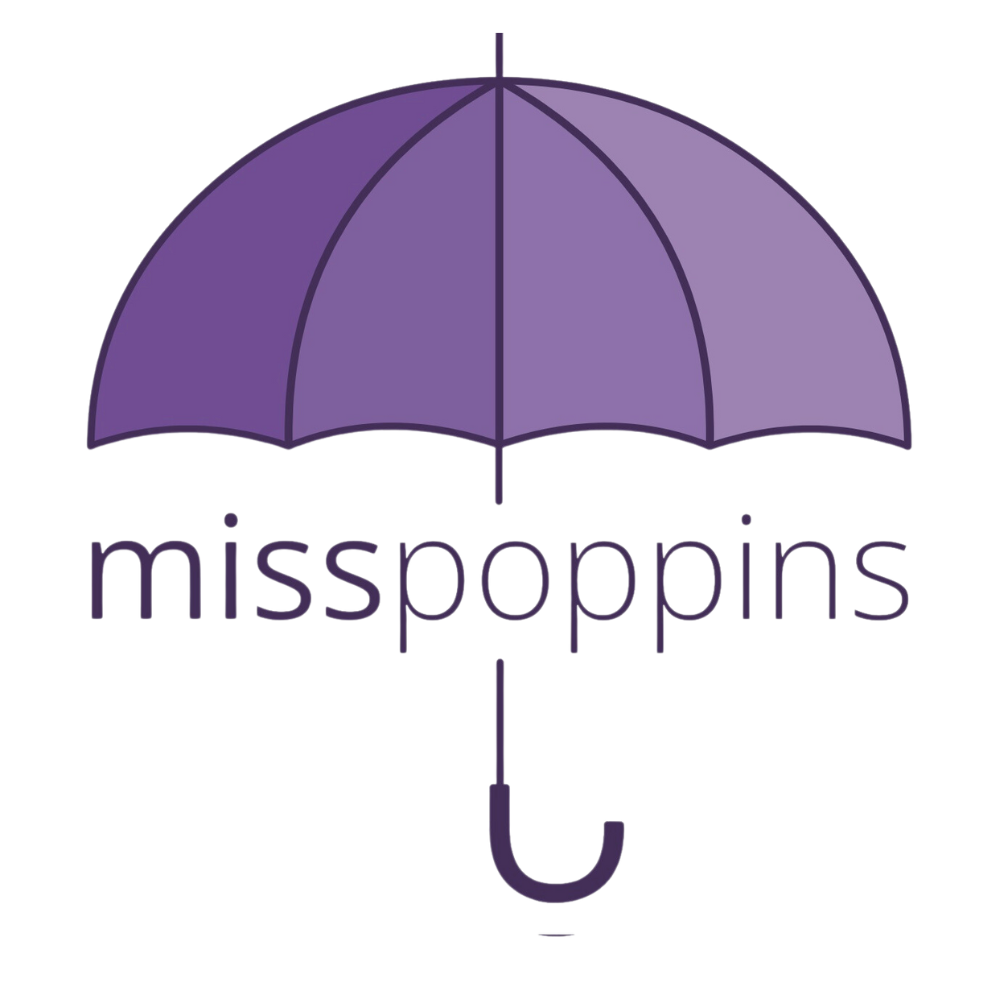How to Dress a Baby for Sleep?
Every parent wonders how to dress the baby for sleep and if they are keeping their baby too hot or cold. Finding that perfect balance of warmth and breathability is key, not just for comfort, but for safety too. Overheating can pose risks like SIDS, while being too chilly may wake your baby frequently through the night which can lead to more issues during the day.
Choosing the right sleepwear doesn’t have to be confusing. With a few tips on layering, fabric selection, and temperature guidelines, you’ll feel more confident about your baby’s bedtime routine. In this guide, we’ll walk through everything you need to know to keep your newborn safe, cozy, and sound asleep.
Why Choosing the Right Sleepwear Matters
When it comes to dressing a baby for sleep, temperature plays a critical role. Babies aren’t able to regulate body heat as efficiently as adults, which makes them more susceptible to overheating or getting too cold.
One way to judge the warmth of sleepwear is by checking the TOG rating (Thermal Overall Grade). A higher TOG means more warmth, and different TOG levels are suited for different room temperatures.
Signs of Overheating:
Sweaty neck or back
Red, flushed skin
Rapid breathing
Fussiness or restlessness
Signs Baby is Too Cold:
Cold hands and feet
Pale or blotchy skin
Shivering or extra fussy
Making the right clothing choice helps your baby sleep better and safer.
How to Dress Baby for Sleep by Room Temperature
Here’s a helpful guide to dressing your baby based on nursery room temperature:
Room Temperature
What to Dress Baby In
75°F+ (24°C+) Light cotton onesie + light swaddle or breathable sleep sack
70–74°F (21–23°C) Long-sleeve onesie + lightweight sleep sack
65–69°F (18–20°C) Long-sleeve onesie + medium-thickness sleep sack
60–64°F (15–17°C) Footed sleeper + thicker, insulated sleep sack
When deciding how to dress your newborn for sleep, always use touch and observation over guesswork, feel their chest or back to ensure they’re warm but not sweaty.
How to Layer Your Baby Clothe
When thinking about how to dress a newborn at night, keep in mind that newborns lose heat faster and have a harder time adjusting to temperature changes.
Here’s a safe and practical layering strategy:
Base Layer: Start with a breathable cotton onesie or sleeper.
Middle Layer (optional): Add a lightweight swaddle or sleep sack, depending on temperature.
Outer Layer (if needed): Use a TOG-rated sleep sack for cooler nights. Avoid loose blankets or bulky layers.
Note: While hats and mittens might seem like a cozy idea, they pose a risk of overheating and are not recommended for sleep.
Best Fabrics for Baby Sleepwear
Fabric choice is just as important as layers when figuring out how to dress baby for sleep. Breathable, natural fabrics allow airflow and reduce the risk of overheating.
Recommended Fabrics:
Cotton: Ideal year-round; soft, breathable, and gentle on skin.
Bamboo: Great for warmer weather; moisture-wicking and cooling.
Fleece: Best for colder nights but use with caution—can lead to overheating.
Wool: Naturally regulates temperature, but some babies may find it itchy.
Avoid: Polyester and nylon. These synthetic fabrics trap heat and aren’t breathable..
Safe Sleep Tips
While figuring out how to dress your newborn for sleep, always keep safety top of mind. The American Academy of Pediatrics (AAP) offers these important guidelines:
Skip loose blankets—opt for a fitted sleep sack or wearable blanket.
Ditch hats and mittens during sleep to prevent overheating and suffocation risks.
After 8 weeks, avoid swaddling and switch to sleep sacks for safety.
Check the baby's back or neck regularly to ensure they’re not too hot.
Keep the crib clear—no stuffed animals, bumpers, or bulky bedding.
Final Thoughts on How to Dress Baby for Sleep
How to dress a baby for sleep doesn’t have to be complicated. The key is breathable layers, room temperature awareness, and safe fabric choices. Whether it’s summer heat or winter chill, your baby’s comfort and safety always come first.
By keeping things simple and responsive to your baby’s cues, you’ll both enjoy better nights and brighter mornings.
Looking for the best baby sleepwear? MissPoppins has a variety of products to choose from on our website and Amazon storefronts.

